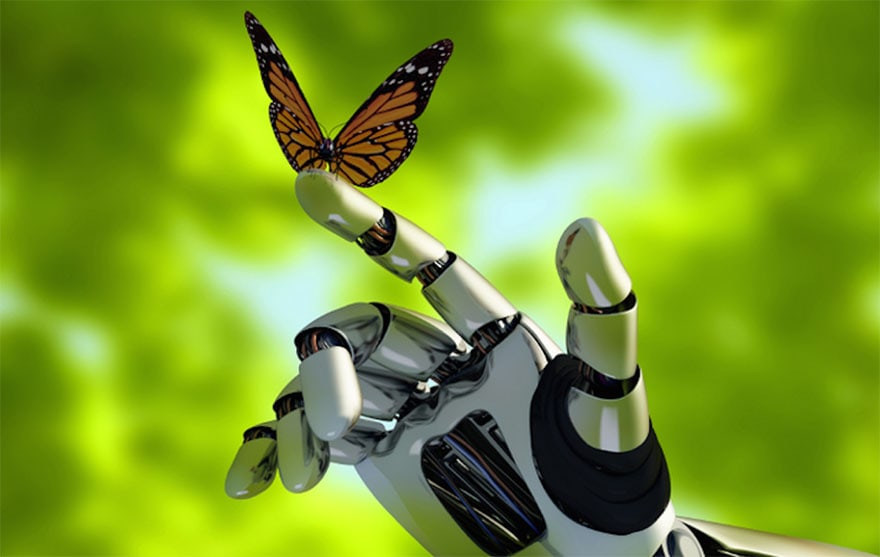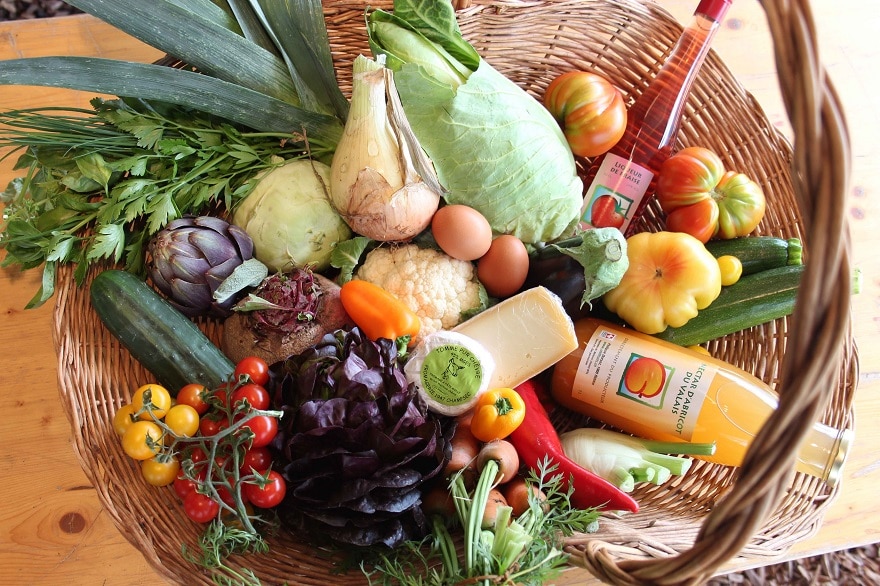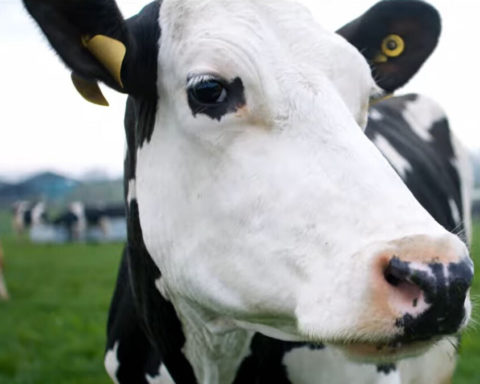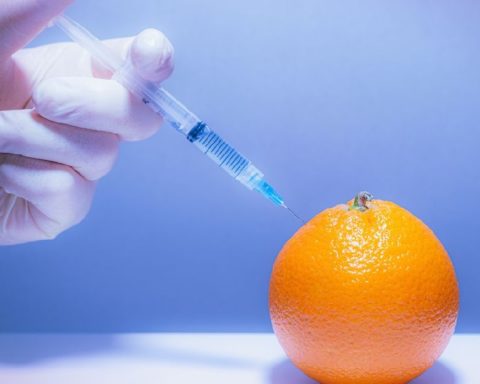The agricultural sector is today facing a thorny paradox: maintaining or even increasing its production levels while reducing the impact of its activities on the environment. Robotics would be one solution.
À To this paradox are added the economic constraints on farmers and the arduousness of a demanding profession, exposing the farmer to several types of risk The main areas of concern are industrial accidents, occupational pathologies and exposure to potentially dangerous products, such as pesticides. For example, the only accidents recorded are those related to to the overthrow of agricultural machinery, between 20 and 30 deaths per year.
Since the 1950s, the modernization of agriculture has doubled production levels by reducing drudgery. This has been accompanied by the use of large machinery and potentially harmful products. Increasing environmental constraints have also led to the development of new production methods, such as the use of large machinery and potentially harmful products.biological farming or theprecision agriculture. The latter require more labour, for example to carry out mechanical weeding (without herbicides) or very localised treatments.
Especially assistive devices
In this context, robotics can provide solutions, allowing repetitive tasks to be carried out with precision and intervention in difficult areas (in steeply sloping vineyards, for example) without exposing individuals.
Economists see this interest and place agriculture as the "most important" sector of the economy. secondary market for service robotics by 2025.
Without going as far as marketing complete robotic solutions, historical manufacturers have been offering driving assistance devices for about ten years, including in particular automatic guidance systemsduring the field work phases. Like autonomous vehicles, these devices require the presence of a driver, so they are not robots as such.
In fact, the presence of commercial robots in an agricultural setting mainly concerns systems operating within the perimeter of the farm, such as the robots feeding or trafficking, which have been democratized for several years. It is estimated today that half of the dairy farms that are being set up are equipped with such machines. In 2015, 3,316 of the 514,800 in France...had them.
While robots perform well in buildings - where they operate in a known environment and repeatable conditions - outdoors, the diversity of soils and the work to be done (seeding, weeding, harvesting, etc.) makes robotization more complicated. As a result, completely autonomous commercial solutions remain limited to limited actions, such as the market gardening weeding or assistance to the operator, in particular in the vineyard.
The advent of the self-propelled tractor remains for the moment in the prototype stage, like the Magnum driverless tractor developed by the American company Case IH and presented these days at the International Agricultural Machinery Show.
In search of modularity
As we can see, the advent of robotics in agriculture still requires scientific and technological developments to be able to adapt to different situations and perform various types of agricultural work. Faced with this diversity, robots must be able to adapt their behaviour, or even their configuration (height, track, etc.), in real time; this is what the project is studying in particular. Adap2E.
They will then make it possible to carry out different missions, with a level of autonomy that is really useful for the farmer. The projects PumAgri and TedThe robots are being developed to increase the modularity - i.e. the adaptability - of agricultural robots for different crops and operations.
This modularity is not only designed for a single machine, but also for a fleet of robots, capable of cooperating with each other in order to extend production capacity while trying to limit environmental impact. European projects Mars and Flourish develop such concepts with the help of small machines. The Safeplatoon project also demonstrated the ability to control multiple robots in coordination with a manually operated machine.
The place of robots in the agricultural system
Such progress opens up new possibilities for agriculture: combining production and respect for the environment, while reducing the drudgery of agricultural work. For they are above all intended to improve working conditions by supporting farmers. In order to be fully effective and useful, these innovations must therefore be carried out in conjunction with all the players in the sector.
They are also accompanied by a more global reflection on the organisation of farms and farm work. Initiatives such as the RobAgri platformThe new "robotics for the future" initiative of the European Commission, the European Commission and the European Union, is a sign of this concern to ensure that robots contribute socially, economically and ecologically to the improvement of the demanding activity of agriculture.
Roland LenainResearch Director, "Robotics and mobility for the environment and agriculture" team, Irstea
The original text of this article was published on The Conversation.













